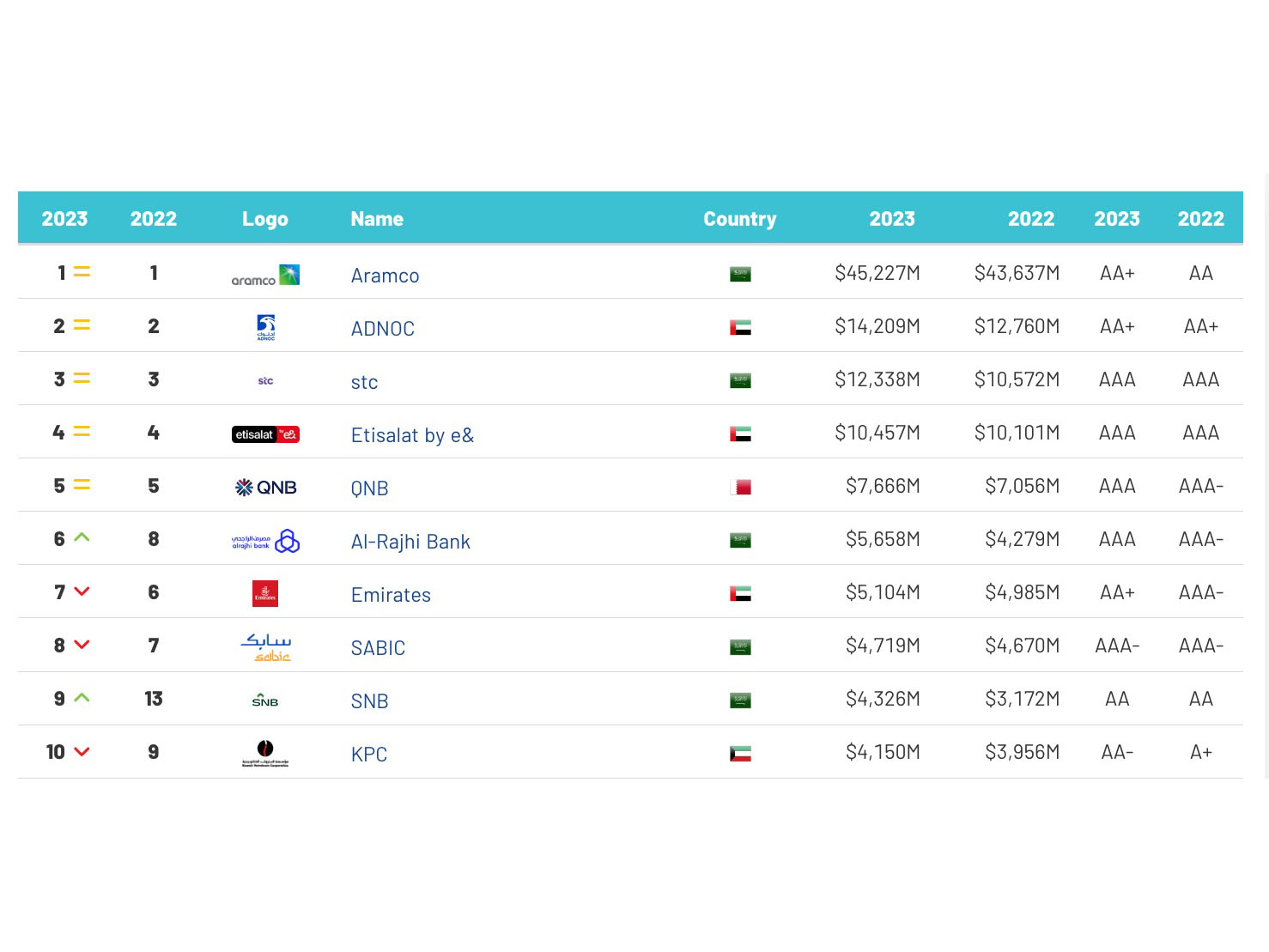Industry Talk - POV
Generative AI’s foundations aren’t in, but the roof’s already going up
by Rajesh Verma, Epsilon Middle East
October 25, 2025
.jpg) Advertisement
AdvertisementAs brands rush to build their AI-powered marketing empires, too many are skipping the groundwork. Raj Verma of Epsilon warns that without clean, connected first-party data, even the smartest AI tools will crumble under their own hype.
Investment is pouring into AI, which Mohammed Soliman, senior fellow at the Middle East Institute in Washington DC, recently dubbed “the new oil” in the Middle East - and marketers are rising to the occasion. They’re using it to generate content, personalise campaigns, measure performance and even create AI influencers (remember UAE’s first AI influencer, Mayaseen.R?)
While there’s no denying that AI will become central to advertising, some marketers are so eager to put the roof up that they’ve forgotten to lay the foundations.
Too often, clean, connected first-party data remains underdeveloped and this is the very foundation powering AI. It needs certainty - not guesswork and assumption - so if it’s fed incomplete or inferred signals, outcomes will become hard to trust. Rubbish in, rubbish out.
Probabilistic data models, which rely on patterns like browsing behaviour or device type, only ever make educated guesses about potential customers – just because someone has clicked on a few Dubai property listings doesn’t mean they’re ready to buy. If advertisers leave AI to identify and target consumers based on probabilities rather than certainties, they’ll miss the mark and end up with measurement that’s little more than a shot in the dark.
Many marketers have turned to cohort-based targeting or leaned heavily on AI, but these approaches often obscure the how and who behind decision-making. When identity is stripped away, measurement relies on inference. Efforts have been made to improve certainty, like clean rooms which enable privacy-safe collaboration, but they build on organised data rather than substitute for it. If identity is inconsistent or patchy, match rates will fall and visibility weaken across partners. And when activating campaigns on the open web, the absence of interoperable IDs means advertisers must fall back on contextual clues or probabilistic models, chipping away at precision and undermining confidence in outcomes.
What’s needed now is a new model, one that sees identity not as a static record but as a fluid, multi-dimensional signal. Consumers consume media across formats and screens, from streaming platforms to retail media to in-app environments, so advertising needs to reflect that reality. Campaigns must be planned and adjusted in real time, with smarter data driving not just speed but better decisions. Optimisation should move beyond proxy metrics and link spend to actual outcomes, closing the loop between investment and impact.
Data clean rooms, once matched with first-party data, are making it possible for brands, publishers, and retailers to collaborate safely together, without sacrificing the privacy of customer data. This means AI can build lookalike audiences that are grounded in reality, not just statistical shadows. When campaigns are based on deterministic data, the results speak for themselves. The right people see the right messages, and the customer journey feels seamless across digital, social, mobile, and even offline channels.
However, even with the best intentions to follow a new model based on deterministic data, marketers need to find the right technology solution to fit their setup. It’s easy to be drawn to platform features, but every layer of integration brings potential friction or signal loss which could hurt any marketing campaign. What matters is how well a solution works within a marketer’s existing data environment, not just what it claims to do in theory.
Equally important is that, before onboarding any solution, marketers need to be clear on the outcomes they’re looking to drive. Whether it’s increasing reach, improving match rates or driving retention, sharper KPIs lead to stronger implementation and more measurable value.
Once expectations are set, marketers must shift their focus to understanding how campaigns influence shopper behaviour and drive sales, not just through clicks or impressions. Without clear, reliable data to prove campaign performance, it becomes tough for any advertiser to justify spending and scaling efforts. In the Middle East, the demand for clear and trustworthy metrics has never been higher as brands seek to use AI to reach consumers.
The fundamentals, then, come down to quality data and verified signals.
If marketers are to benefit from the “new oil” that AI is claimed to be, they need to treat data as the engine that drives it. AI is only as good as the signals it’s built on - and it’s a far more powerful engine for personalisation and performance when fuelled by verified customer signals, especially transactional and behavioural insights that reflect real-world intent.
Success depends on timing, clarity, and data readiness which means marketers knowing what outcomes they want to drive, and ensuring the data environment is strong enough to support them. When the foundations are in place, AI becomes more than another buzzword. The roof may be going up fast, but it’s the foundations that will determine how long it stands.



.jpg)







